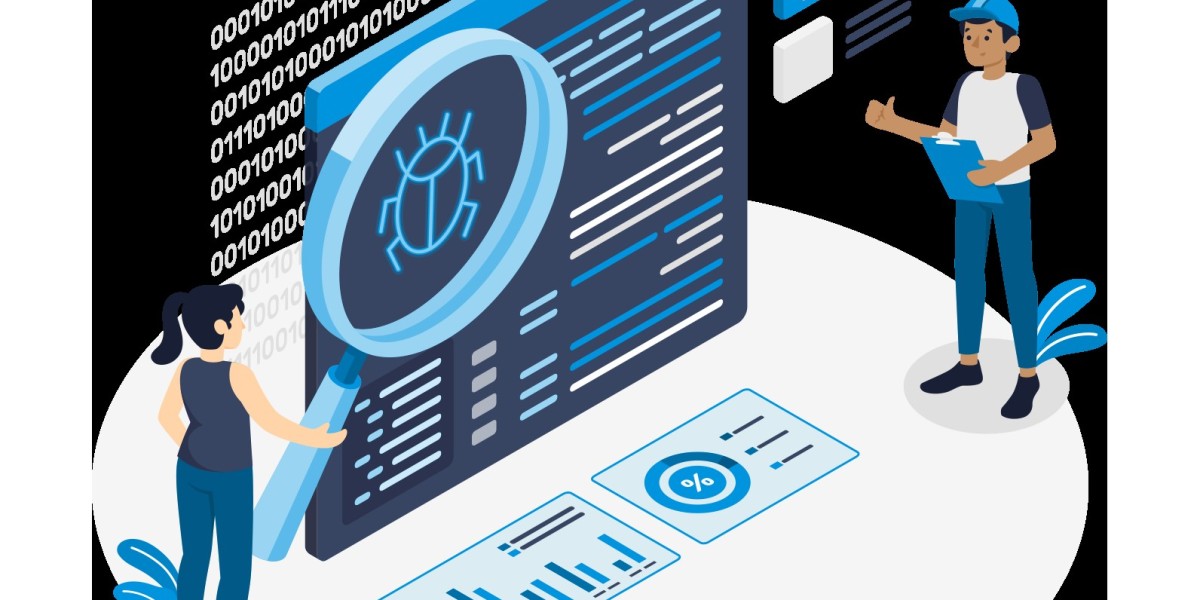In today's rapidly evolving technological landscape, businesses are under constant pressure to deliver high-quality software products that meet the ever-increasing expectations of their users. To ensure the reliability, functionality, and overall performance of these software solutions, a comprehensive testing process known as full-cycle testing has emerged as a critical component of the software development life cycle (SDLC). In this article, we will delve into the intricacies of full-cycle testing, its benefits, and how it can help your business excel in a highly competitive market.
What is Full-Cycle Testing?
Full-cycle testing, also referred to as end-to-end testing, is a holistic approach that involves evaluating a software application across all stages of its development, from initial requirements gathering to deployment. Unlike other forms of testing that focus on specific aspects such as unit testing or integration testing, full-cycle testing examines the software system as a whole, ensuring its functionality, compatibility, performance, and security are thoroughly assessed.
The Stages of Full-Cycle Testing
1. Requirements Analysis and Planning
The first stage of full-cycle testing involves a comprehensive analysis of the software requirements. By collaborating closely with stakeholders, business analysts, and developers, the testing team gains a deep understanding of the software's purpose, target audience, and desired functionalities. This information serves as a foundation for formulating a robust testing strategy and developing appropriate test cases.
2. Test Design and Development
Once the requirements have been established, the testing team proceeds to design and develop test cases that align with the software's objectives. This stage involves creating test scenarios, outlining expected outcomes, and identifying the necessary test data. By leveraging various testing techniques such as boundary value analysis, equivalence partitioning, and decision tables, the team ensures comprehensive coverage of the software's functionalities.
3. Test Execution and Reporting
With the test cases in place, the actual execution of tests begins. The software is subjected to different testing techniques, including functional testing, usability testing, performance testing, security testing, and compatibility testing. The testing team meticulously documents the test results, recording any defects or issues encountered during the testing process. These reports serve as valuable feedback for the development team to address and rectify the identified issues.
4. Defect Management and Retesting
During the test execution phase, defects and issues are likely to be discovered. The testing team collaborates with the development team to track and manage these defects efficiently. Defects are reported, prioritized, and assigned for resolution. Once the defects are fixed, the software undergoes retesting to verify that the identified issues have been successfully resolved without introducing new problems.
5. Regression Testing
As the software evolves and new features are implemented, regression testing becomes crucial. It ensures that modifications or enhancements to the software do not inadvertently impact existing functionalities. By retesting the previously validated components, regression testing minimizes the risk of regression defects and ensures the stability of the software.
6. User Acceptance Testing (UAT)
User acceptance testing serves as the final validation step before the software is released to end-users. This stage involves involving actual users or representatives from the target audience to perform real-world testing scenarios. By incorporating feedback from end-users, businesses can gain valuable insights into the software's usability, functionality, and overall user experience.
Benefits of Full-Cycle Testing
Implementing full-cycle testing as an integral part of the software development process offers several benefits for businesses:
1. Improved Software Quality
Full-cycle testing ensures that the software meets the desired quality standards by thoroughly assessing its functionality, performance, and usability. By identifying and addressing defects early in the development cycle, businesses can significantly reduce the cost and effort associated with fixing issues in later stages.
2. Enhanced User Experience
By conducting comprehensive testing across all stages, full-cycle testing helps identify usability issues, ensuring a seamless and intuitive user experience. This user-centric approach fosters customer satisfaction, loyalty, and positive brand perception.
3. Increased Software Reliability
Full-cycle testing verifies the software's stability and robustness by subjecting it to rigorous testing scenarios. By identifying and rectifying potential failures and vulnerabilities, businesses can enhance the reliability and trustworthiness of their software products.
4. Cost and Time Efficiency
While full-cycle testing may require upfront investment, it ultimately proves to be cost and time-efficient. By proactively detecting and addressing defects during the early stages of development, businesses save valuable time, effort, and resources that would otherwise be spent on resolving issues in the later stages.
5. Mitigated Business Risks
Bugs, glitches, and vulnerabilities can lead to severe business risks, including financial loss, reputation damage, and compromised data security. Full-cycle testing minimizes these risks by ensuring that the software is thoroughly evaluated and validated before being deployed to production environments.
Conclusion
In today's fast-paced digital landscape, the success of software products hinges on their reliability, performance, and user experience. Full-cycle testing emerges as a critical practice that enables businesses to deliver high-quality software solutions that meet user expectations and drive competitive advantage. By incorporating full-cycle testing into the software development life cycle, businesses can enhance software quality, mitigate risks, and achieve greater customer satisfaction. Embrace full-cycle testing to unlock the full potential of your software development endeavors and propel your business to new heights of success.








